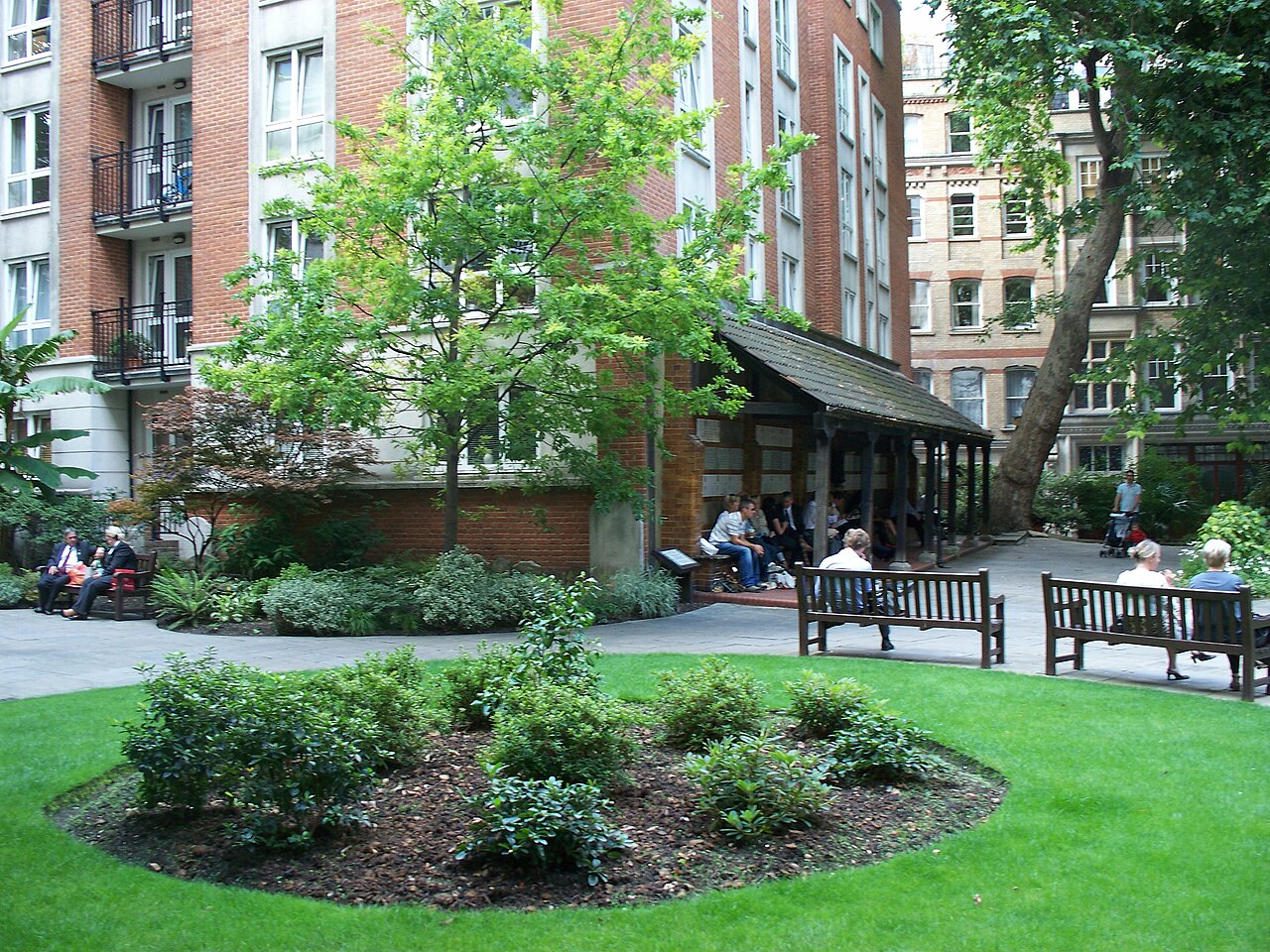Landschlacht, Switzerland, 29 January 2018
It is easy to criticize, easy to destroy and belittle the efforts of others.

Above: The very critical and much criticized President Donald Trump
But sometimes criticism is unavoidable.
I have had colleagues at work who have gone both directions when it comes to negativity and praise.
One colleague will hide her light under a blanket, not reminding others enough about her significant accomplishments and good work.
She needs to make sure that the people who count – those with whom she works, those who make decisions, those who have influence on her career – are aware of her accomplishments and contributions.
She is amazingly generous about giving others their due when they deserve it, but I feel she neglects to include herself as meriting praise in the team´s success.
Above: Mother Teresa of Calcutta (1910 – 1997)
Another colleague can sink a ship with her constant barrage of complaints, negativity and whining about what´s wrong with everyone and everything.

Above: The RMS Titanic leaving Southampton, 10 April 1912
For her, the glass is always half empty.
Upon arrival at the Pearly Gates, she will invariably ask St. Peter:
“Is that it?”
For her, the worst is about to happen.
She can spot the negative and bad in most everyone at a distance of a thousand paces.
She is Vampirella without the sex appeal, draining energy rather than blood.
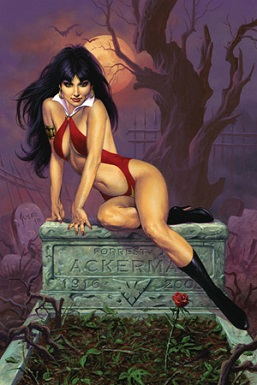
And there is not a whole hell of a lot a person can do about her.
She is genetically predisposed to her way of thinking, so she is avoided whenever possible.
A tourist attraction gets both types of these visitors:
Those inclined to see the best in the place, not realizing that it is their attitude that influences their positive opinion of the place.
And there is the type who will find negative in the place no matter what.
In this blog, which has become over time a series of travelogues and essays, I am trying to find a balance between these two extremes.
I will try not to wax too poetically about a place, unless it truly is a wonder of wonders that one must see before “kicking the bucket”.

By the same token I am trying consciously not to let the negative experience I might have had, often through no fault of the place´s own, keep me from seeing the positive aspects of the places I have visited.
London, England, 25 October 2018
Take my wife.
Please!

Above: Comedian Rodney Dangerfield (1921 – 2004)
She is a lovely woman but she has special ways about her that make each travel experience with her an adventure.
Her Swabian soul (think of a German version of a Scot´s stereotypical thriftiness) was working overtime on our week´s sojourn in London.
We only had a week and, by God and all the saints and apostles, we were going to see EVERYTHING.
She bought us London Passes and, by God and all the saints and apostles, we were going to use them efficiently.
As she had less time for sightseeing than I did, because her reason for visiting London was to attend an international doctors symposium, she was stressed, grim and determined for us to be the ultimate tourists.
Running, not walking, between attractions.
Viewing museum exhibits without reading their descriptions, unless the museum particularly interested her.
In marrying her I sowed the winds of change.
And as a result there are many times I am swept away by the whirlwind that is my wife.
Today we visited the Museum of London akin to the way a tornado visits a town: without lingering long in any location, choosing our own path and method of passing through.

She Who Must Be Obeyed hated it.
I still reserve judgment.
The neighbourhood of the Museum is, at first glance, brutal, concrete, unwelcoming.
The city´s only large residential complex is a maze built upon a bombed borough, a labyrithine dystopia of listless pedestrian paths and anonymous apartments straitjacketed by three 400-foot towers.
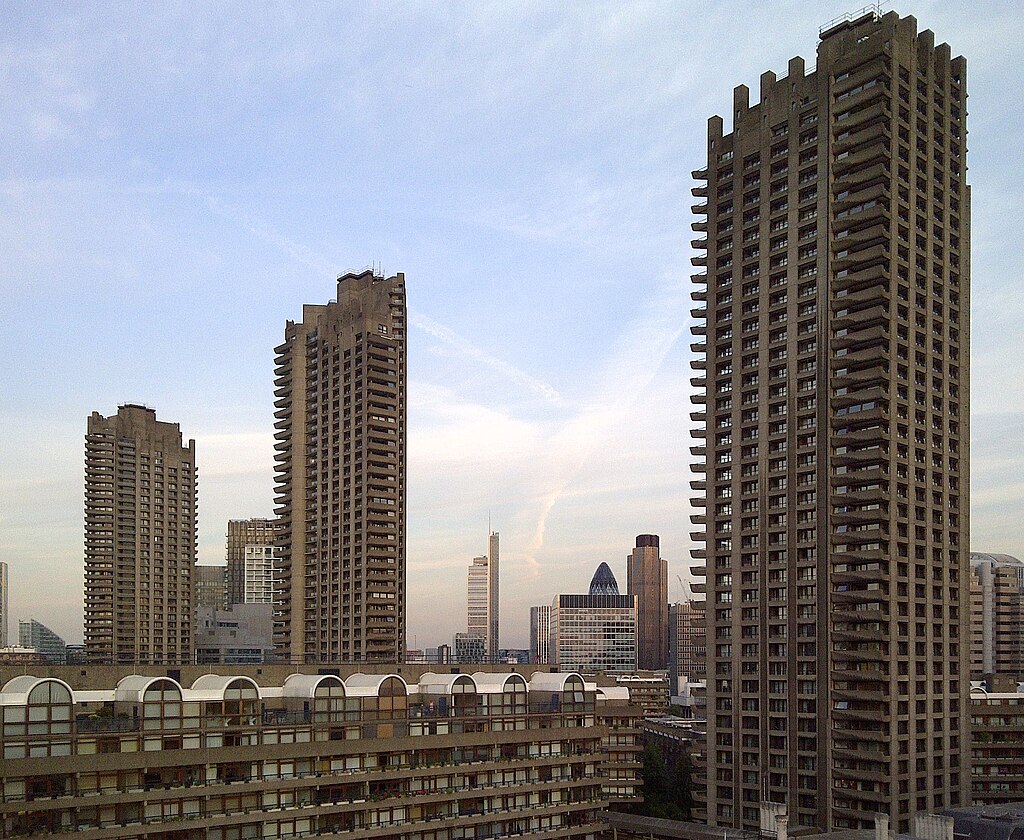
To appreciate this section of city known as the Barbican, one must ignore first impressions of promethian prison and imagine instead that beyond the boundaries of natural hesitation lies a land of soft sensitivity and cool cultural crossways.
Here is an amazing arts centre set along side an artificial oblong lake within and home to the Guildhall School of Music and Drama.

Here be bars, cafés and restaurants.
The Barbican complex is indistinguishable for most folks from the Barbican Centre, whose seven floors feature a concert hall, two theatres, three cinemas, a rooftop garden and an art gallery.
The Barbican Centre is home to one of the top venues in London for jazz, classical and world music and, surprisingly, one of the most affordable (by London standards) places in the city for quality theatre and dance.

As well as being a champion of young and new artists, playwrights, performers and filmmakers, the Barbican Centre is home to the London Symphony Orchestra, the BBC Symphony Orchestra and the Royal Shakespeare Company, as well as one of the largest public libraries in London.
The Barbican Centre has plenty of places to eat and drink.
There are art and design shops and, unexpectedly, a giant conservatory teeming with tropical flora.
Here in the Barbican are two of the most neglected spots in London.
The church of St. Giles Cripplegate is the Barbican´s solitary prewar building.
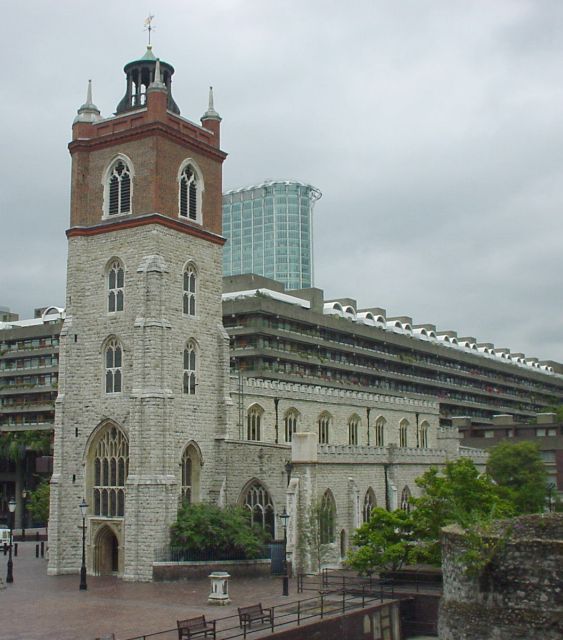
Above: St. Giles-without-Cripplegate Church
A heavily restored early Tudor church, St. Giles is bracketed between a pair of artificial lakes and overlooks an impressive corner bastion of an old Roman fort.
It was here in St. Giles that Oliver Cromwell was married in 1620.

Above: Oliver Cromwell (1599 – 1658)
It was here in St. Giles that the poet John Milton was buried in 1674, then unburied in 1793.

Above: John Milton (1608 – 1674)
His teeth were knocked out as souvenirs and his corpse exhibited to the public until the idea of a putrifying poet no longer appealed.
Opposite the former General Post Office, south of the Museum, lies Postman´s Park, one of the most curious and least-visited corners of the city.
Above: Postman´s Park
Here, in 1900, in the churchyard of St. Botolph Aldersgate, the painter and scupltor George Frederick Watts paid for a national memorial to “heroes of everyday life”, a patchwork wall of majolica tiles protected by a canopy and inscribed with the names of common folk who died in the course of some act of uncommon bravery.

Above: George Frederic Watts (1817 – 1904)
It is the classic Victorian morbid sentimental fascination with death.
It is macabre masterpiece literature.
“Drowned in attempting to save his brother after he himself had just been rescued….”
“Saved a lunatic woman from suicide at Woolwich Arsenal Station, but was himself run over by the train….”
Edgar Allan Poe would have loved and Stephan King would love this place.
Above: The Memorial to Heroic Self Sacrifice, Postman´s Park
Hidden in the southwestern corner of the Barbican is the Museum of London, whose permanent galleries are meant to be an educational excursion through London´s past from prehistory to present, as seen through archeological artifacts and massive scale models.

The Museum was opened by Her Majesty Queen Elizabeth II on 2 December 1976, as the first new museum building to open in London since the end of the Second World War.

Above: Her Majesty Queen Elizabeth II
The Museum tries to tell the story of London´s development as a city over hundreds of thousands of years: from stone age settlements in the Thames Valley, through the founding of Londinium by the Roman army, to the great world city that London is today.
I use the word “tries” deliberately, because the Museum is a victim of its own success.
It attracted 370,000 visitors in its first six months and has attracted millions since then.

Above: Christopher Le Brun´s Union (Horse with two discs), Museum entry
It has acquired a reputation for excellence as a museum that sees itself as “not simply of or about London, but also for London” and thus seems to encompass a tourist population the size of London that visit it.
The Museum´s mission is to play a part in the lives of all Londoners, to inspire a passion for London, but it is hard to feel passionate about the history of London when half of London congregates within the Museum.
The Museum attempts to answer the questions:
How did London come to be such an extraordinary place?
(Which begs the unasked question:
What exactly is ordinary and extraordinary?
Can a place be either/both?)
Who were the Londoners who lived here in the past?
What does the future hold?
The Museum has around one million items in its core collection, plus an additional six million “finds”.
It holds 25,000 items of clothing and fashion, 100,000 paintings, prints and photographs, 17,000 excavated skeletons, 50,000 prehistoric and Roman objects, 50,000 objects from Tudor and Stuart London, 110,000 objects from modern London, 1,800 life stories from individual Londoners, half a million historic documents and a growing collection of items from the yet-unfinished 21st century.
Imagine if you will herds of mammoths here where crowds now gather.

Or see if you can a Londinium that boasts a thriving Roman port, a large forum and basilica, public baths, barracks, amphitheatre and temples.
Then imagine a battleground where one civilization replaces another to be itself subseded by yet another: Angles and Saxons, Vikings and Normans, the splendour, hustle and bustle of medieval times with merchants and craftsmen….
Imagine a city that survives the Black Death, Civil War, a Great Fire, the Blitz.
A city where once walked Queen Elizabeth I and William Shakespeare, where a King was publicly executed.
Imagine a city that grows from being the capital of a country to become the centre of an empire.
A busy chaotic place filled with both amusement and hardship, fabulous fortunes and pathetic poverty….
Stroll down the Victorian Walk with the look and feel of London in the year 1900.
The shop fronts, fixtures and fittings are all original.
Peek through the windows of the tobacconist, the barber´s, the chemist´s, the tailor´s, the pawnbroker´s….
See a city that has seen overcrowding and lack of sanitation, failing health and lack of housing.
Where customs changed as technology developed….
Electricity, telephones, motor vehicles and moving pictures that heralded modern times….
And what of the future?

Above: The Shard, London
How can the city reduce its carbon footprint?
Where will the jobs of the future come from?
Should London build higher skyscrapers or deeper Tube lines?
The Museum of London could be a great place.
But the Museum suffers from an overabundance of overabundance.
Too many artifacts, too many stories, too many visitors, too much of too much.
The screaming children, the harried parents, a warehouse of the walking weary….
A Museum with a too well-worn welcome mat….
A Museum that one regrets visiting, because one cannot linger undisturbed to absorb all that one sees, because the mass and mob make tranquil contemplation and progressive study of all that can be seen damned difficult and downright discouraging.

And it was this Museum, this overabundance of overabundance, this overwhelming overgrowth, that made me see the Museum as the actual model of what London means to me.
Too much and too many.
I could never live in London, though visiting it from time to time is a pleasant idea.
London is too crowded, too complex and complicated for a wee lad such as I am who came from a wee village and lives in another wee village today.
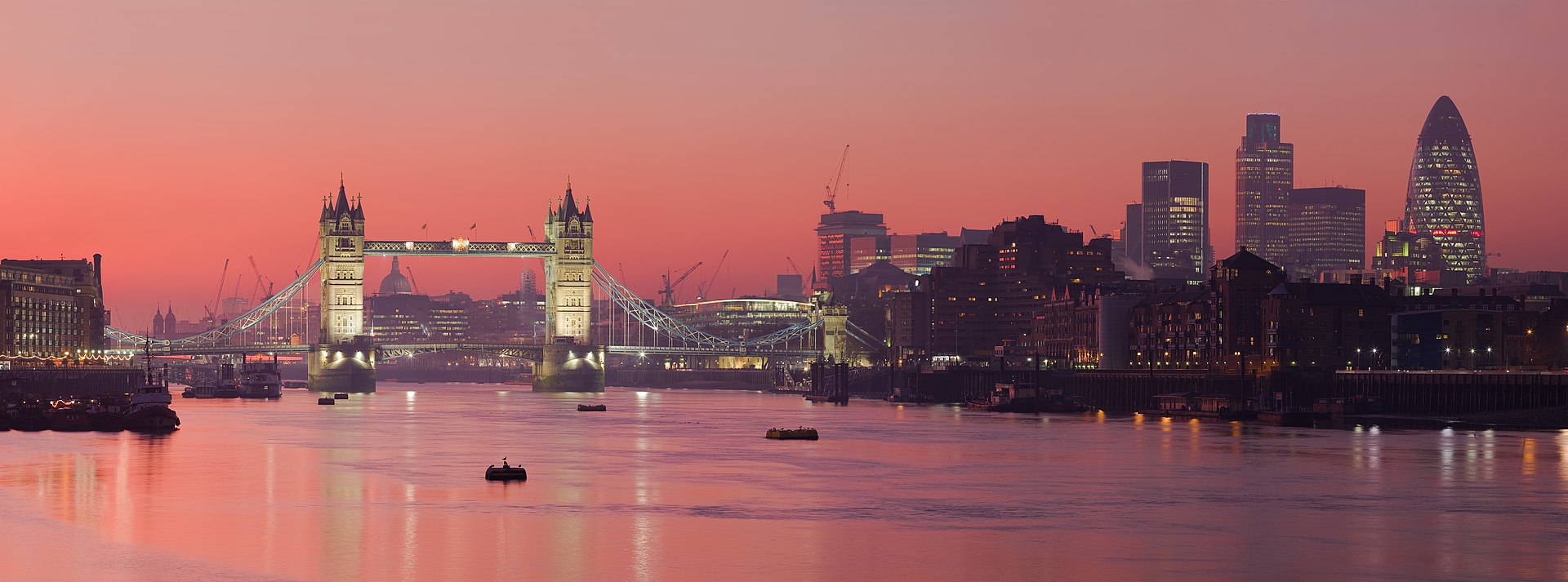
London is too expensive and expansive.
It is as unnerving as the Museum that exhibits it.
The Museum tries to be everything to everyone but it is everyone that diminished everything the Museum has tried to accomplish.
I don´t belong in London.
Take me home, rural routes, to the place where I do belong.

Sources: Wikipedia / The Rough Guide to London / The Museum of London


